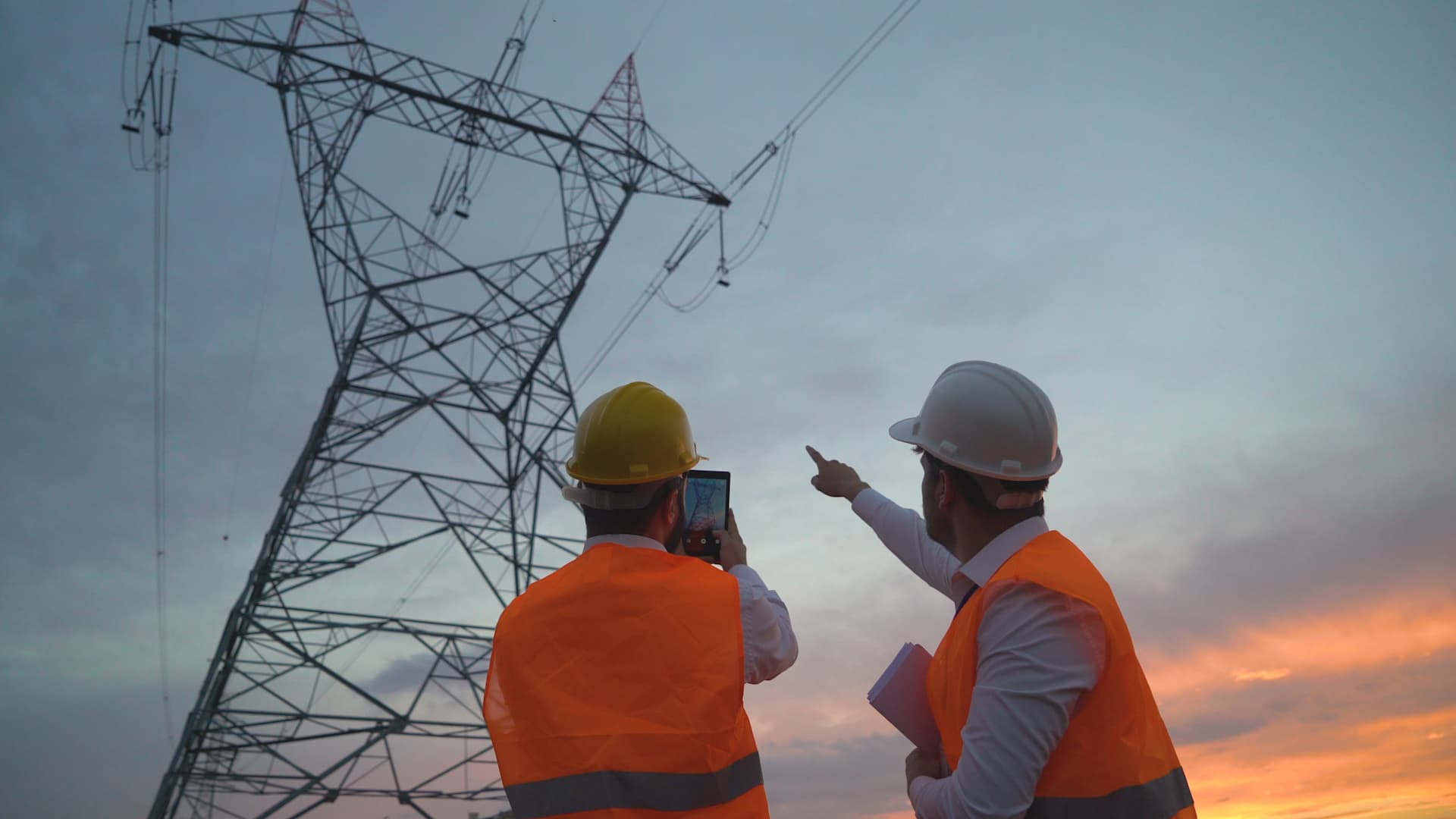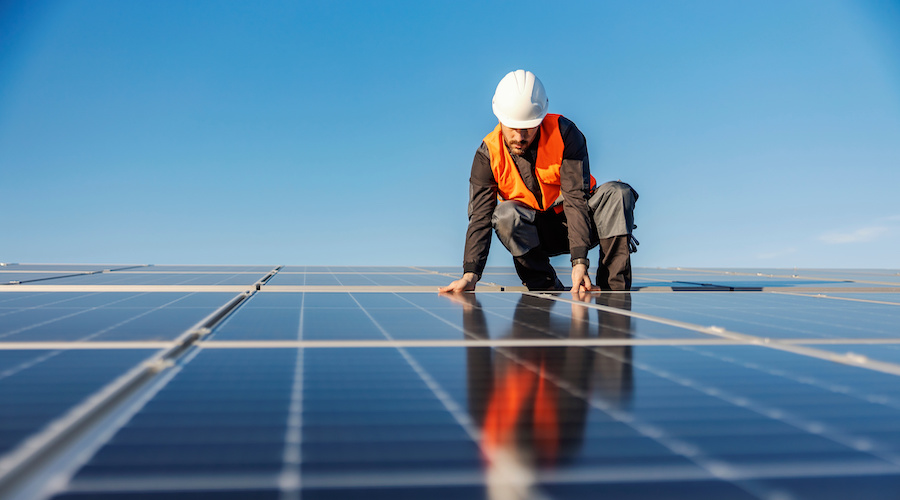How the U.S. can build a carbon-free electric grid

The U.S. electric grid is an impressive but outdated system. Designed for a world that runs on fossil fuels, it caters to a network of giant energy producers, and the consumers dependent on them.
But a greener world demands a more distributed system, where individuals or companies can generate, store and resell power.
A smarter grid would help the U.S. adjust to the weather-dependent nature of solar and wind by managing consumer demand and enabling energy storage. Internet-connected smart meters and sensors could provide detailed usage analytics, and appliances could be controlled by both our smartphones and utility companies. Software would tie all the moving parts together, analyzing reams of data to ensure that supply and demand are balanced, even when the sun isn’t shining or the wind isn’t blowing.
Here’s what it will take to make this smarter grid a reality.




